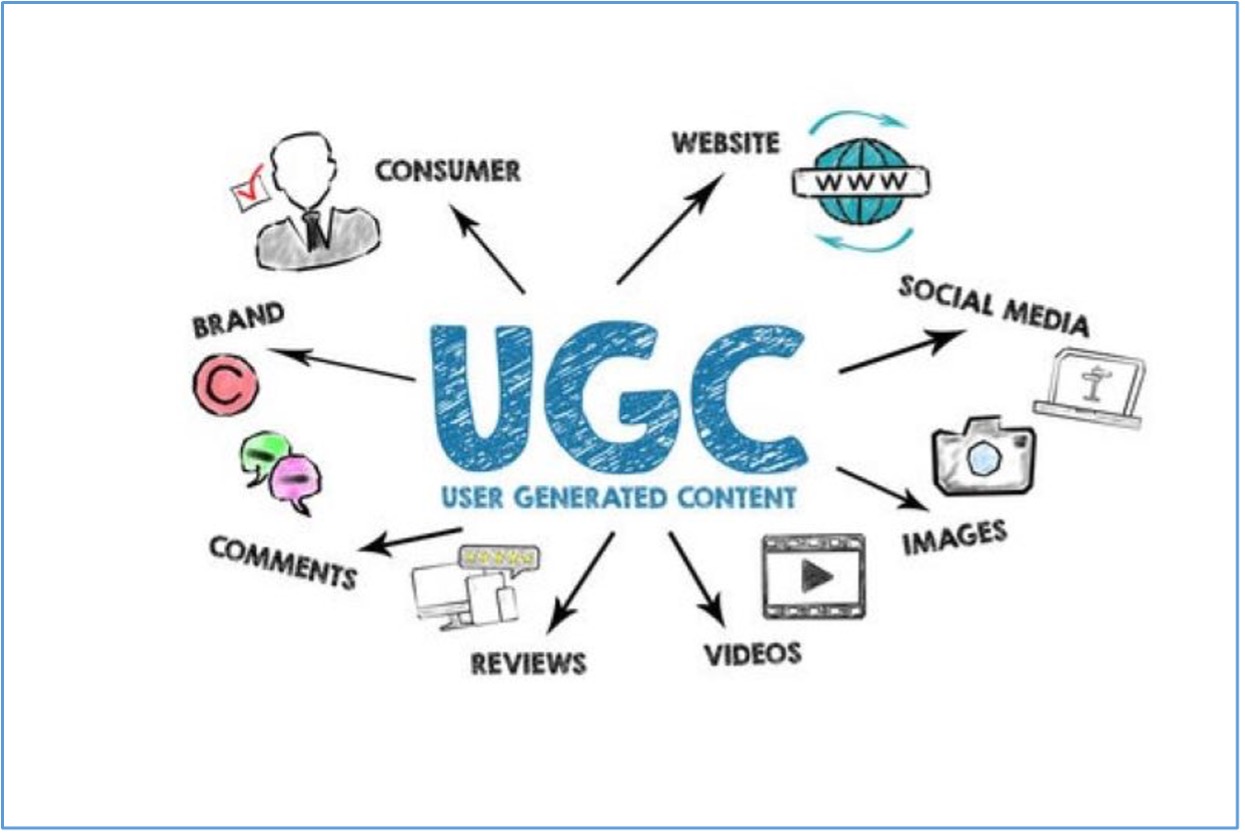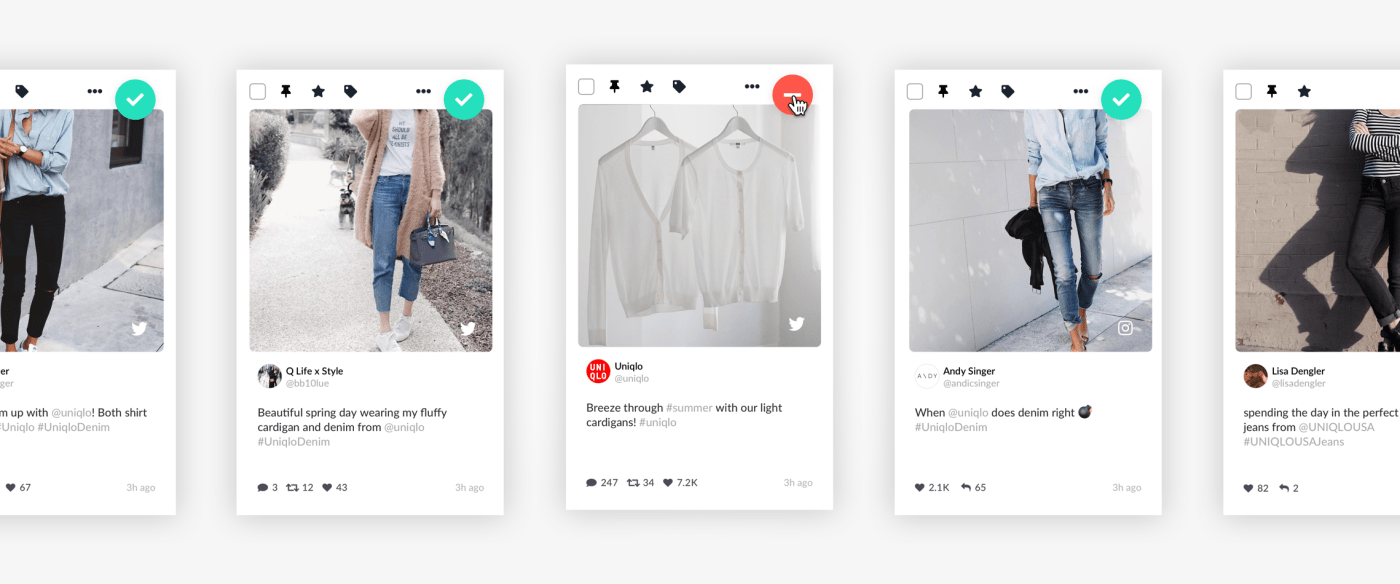Analyzing the Effect of User-Generated Content on Brand Engagement Metrics
Meta Description: Explore how user-generated content (UGC) can transform brand engagement metrics, boosting visibility, trust, and conversion rates. Learn key insights, data, and best practices for leveraging UGC effectively.
In today’s digital landscape, the way brands engage with their audiences has evolved significantly. Marketers and brand managers are consistently in pursuit of fresh, authentic approaches to capture their audience's attention and foster lasting relationships. One such strategy that stands at the intersection of community and brand engagement is User-Generated Content (UGC).

Curating and utilizing UGC can lead to remarkable shifts in how customers perceive and interact with a brand, making it essential for marketers to understand these dynamics. This article aims to educate marketers, brand managers, and other stakeholders about the profound impact of UGC on brand engagement metrics, offering valuable insights and actionable advice.
Author Bio: Alessandro Zikani, a digital marketing specialist with over five years of experience, has helped more than 30 brands harness the power of user-generated content to enhance their engagement strategies and drive conversions.
Understanding User-Generated Content
What is User-Generated Content?
User-Generated Content refers to any form of content—text, blogs, reviews, images, videos, etc.—created by users or consumers rather than brands. UGC can manifest in numerous forms, from social media posts and customer reviews to blog posts and forum discussions. This content often reflects authentic experiences and opinions, making it invaluable for brands aiming to build trust and community.
The Rising Importance of UGC in Marketing
As consumers become increasingly discerning about brand messaging, UGC offers an authentic voice that resonates more deeply than traditional advertisements. Research indicates that UGC leads to substantially higher engagement rates, demonstrating its potency in influencing consumer behavior. With a staggering 92% of consumers trusting user-generated content over traditional advertising, it’s clear why brands should prioritize UGC strategies.
The Impact of UGC on Brand Engagement Metrics
Enhanced Engagement Rates
Data shows that UGC can drive engagement metrics dramatically—content generated by users can result in up to 6.9 times higher engagement than content produced solely by brands. This remarkable statistic underscores UGC's ability to cultivate authentic interaction and community involvement.
Social Media Interaction: UGC often sparks conversations and interactions, leading to a more engaged audience. By sharing user-generated photos, comments, and stories, brands can amplify their social media presence and create a thriving community.
Increased Brand Mentions: Campaigns leveraging UGC often lead to heightened brand mentions across social media platforms, creating buzz and awareness that surpasses traditional marketing initiatives.
Improved Conversion Rates
According to a study by Nielsen, brands utilizing UGC report an average of 4.5% higher conversion rates. When potential customers see real people using a product or service, it can significantly affect their purchasing decisions, bridging the gap between brand and consumer trust.
- Trust Factors: UGC introduces an element of trust and credibility that marketing copy alone cannot offer. This is particularly pertinent for e-commerce brands, where consumer trust can lead to higher sales and reduced cart abandonment.
Brand Perception and Loyalty
User-generated content influences how consumers perceive a brand. A survey conducted by Stackla revealed that 79% of consumers believe UGC highly impacts their purchasing decisions. By showcasing authentic content from satisfied customers, brands can shape positive perceptions and drive brand loyalty.
- Customer Loyalty Initiatives: Brands can leverage UGC as part of loyalty programs, encouraging repeat purchases and fostering a sense of belonging within their community.
Real-World Examples of UGC Success
Coca-Cola: The "Share a Coke" Campaign
One of the standout examples of UGC's effectiveness in engaging customers is Coca-Cola’s "Share a Coke" campaign. By encouraging customers to share photos of themselves with personalized Coke bottles on social media, Coca-Cola generated more than 500,000 brand mentions. This initiative not only boosted engagement but also established a stronger emotional connection between the brand and its consumers.
GoPro: Showcasing Adventure
GoPro has become a masterclass in leveraging user-generated content. By sharing videos captured by their customers, the brand fosters a community of enthusiasts and adventurers. With over 1 million user-generated videos submitted annually, GoPro reported an impressive 20% increase in share of voice against its competitors on social media platforms.
Starbucks: The #RedCupContest
During the holiday season, Starbucks engaged its audience with the #RedCupContest, inviting customers to post pictures with their iconic red cups. This campaign resulted in over 50,000 user submissions and significantly boosted social media impressions, highlighting the power of community engagement through UGC.
Tools and Technology for Harnessing UGC
UGC Platforms
To effectively manage and leverage user-generated content, brands can utilize platforms like TINT. TINT allows businesses to curate UGC from various social media platforms, integrating authentic customer experiences seamlessly into their marketing strategies.

Brands can showcase these authentic stories on their websites, driving engagement and fostering trust.
Analytics Tools
To truly comprehend UGC's impact on engagement metrics, analytics is crucial. Tools like Google Analytics and HubSpot empower brands to track UGC performance, providing insights into how content influences traffic, conversion rates, and overall customer interaction.

Research and Literature on UGC
Academic Insights
Research from renowned academic journals, such as the Journal of Marketing Research and Management Science, explores the pivotal role of user-generated content in shaping consumer behavior. Citing these studies will lend credibility to your arguments and reinforce the importance of UGC in modern marketing.
Industry Reports
Referencing industry reports like The Content Marketing Institute's annual report provides valuable data on the effectiveness of UGC strategies. These insights can inform marketers about current trends and the growing significance of consumer-generated content in various industries.
Best Practices for Implementing UGC
Collecting UGC Effectively
To tap into the power of UGC, brands should focus on best practices such as:
- Incentivizing Submissions: Consider running contests or offering rewards for submissions. This not only encourages participation but also fosters a sense of excitement among customers.
- Creating Dedicated Hashtags: Utilizing unique hashtags can help track and curate UGC effectively, ensuring that content is easy to find and engage with.
Legal Compliance and Best Practices
Brands must ensure they comply with legal aspects when utilizing UGC. This includes:
- Seeking Permission: Always obtain consent before featuring user-generated content. This approach builds trust and respect within the community.
- Attributing Properly: Always acknowledge the original content creator when sharing UGC to maintain transparency and goodwill.
Building Community through UGC
User-generated content serves as a powerful tool for brands seeking to build a loyal community. By featuring customer testimonials and showcasing how their audience benefits from products or services, brands can create a sense of belonging.
Celebrating Customer Relationships
Highlighting genuine interactions and experiences from customers reinforces brand loyalty. Brands that actively showcase UGC often see significant improvements in customer relationships and retention rates, fostering a community that champions their products or services.
Conclusion
User-generated content is not just a buzzword; it is a transformative strategy that can reshape brand engagement and loyalty. By effectively leveraging UGC, brands can boost their visibility, build trust, and improve engagement metrics while fostering a vibrant community.
Embrace the power of UGC and explore how integrating these strategies can lead to significant positive changes in your marketing efforts. Are you ready to elevate your brand's engagement? Consider implementing UGC strategies today, whether you’re a marketing professional, brand manager, or small business owner. For more insights into innovative marketing practices, be sure to explore our related content and stay connected for regular updates.
